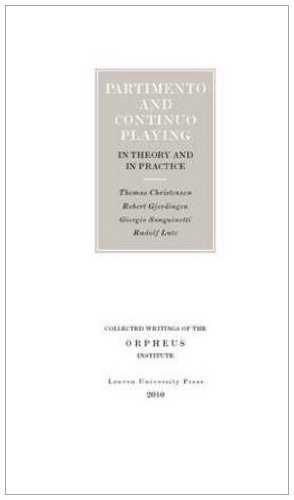

Most ebook files are in PDF format, so you can easily read them using various software such as Foxit Reader or directly on the Google Chrome browser.
Some ebook files are released by publishers in other formats such as .awz, .mobi, .epub, .fb2, etc. You may need to install specific software to read these formats on mobile/PC, such as Calibre.
Please read the tutorial at this link: https://ebookbell.com/faq
We offer FREE conversion to the popular formats you request; however, this may take some time. Therefore, right after payment, please email us, and we will try to provide the service as quickly as possible.
For some exceptional file formats or broken links (if any), please refrain from opening any disputes. Instead, email us first, and we will try to assist within a maximum of 6 hours.
EbookBell Team

4.4
52 reviewsThis volume reflects a multidisciplinary approach, with the accent on the interplay between music performance and music theory. Thomas Christensen, in his contribution, shows how the development of tonal harmonic theory went hand in hand with the practice of thoroughbass. Both Robert Gjerdingen and Giorgio Sanguinetti focus on the Neapolitan tradition of partimento. Gjerdingen addresses the relation between the realization of partimenti and contrapuntal thinking, illustrated by examples of contrapuntal imitation and combination in partimenti, leading to the "partimentofugue." Sanguinetti elaborates on the history of this partimentofugue from the early eighteenth until the late nineteenth century. Rudolf Lutz, finally, presents his use of partimenti in educational practice, giving examples of how reviving this old practice can give new insights to composers, conductors, and musicians.